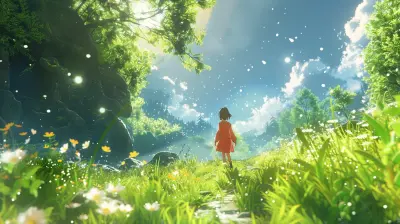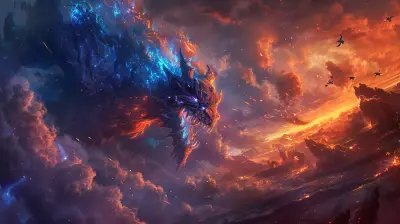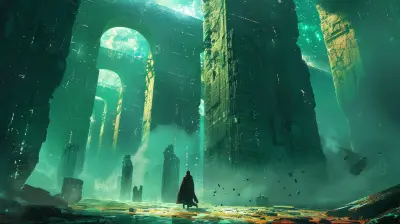Crafting the Perfect JRPG Town: Why They’re More Than Safe Havens
2 June 2025
When you think about JRPGs (Japanese Role-Playing Games), what comes to mind? Epic battles? Heart-wrenching storylines? Maybe a protagonist wielding a massive sword? Sure, all of that is great. But let’s be honest: a well-designed JRPG town is absolutely the glue that holds everything together. These towns are far more than generic pitstops to heal up and stock up on potions. They’re vibrant hubs that breathe life into the game world and create emotional connections that stick with us long after the credits roll.
So, what exactly makes a JRPG town “perfect”? Why do game developers pour so much effort into crafting these miniature worlds? Let’s dive in and break it down. 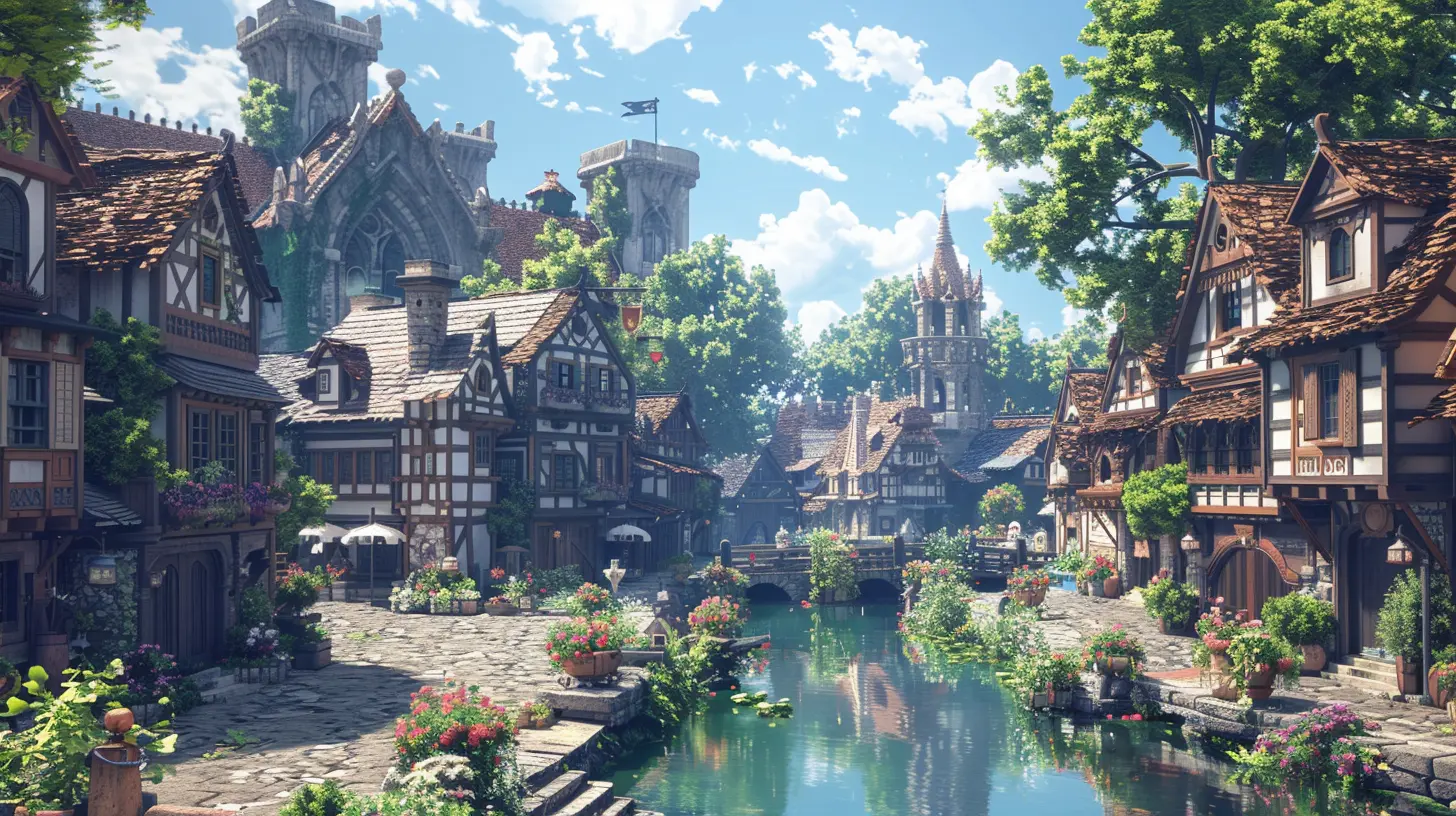
The Role of JRPG Towns Beyond Rest Stops
At first glance, JRPG towns might seem simple. You roll up, hit the inn for some much-needed HP recovery, chat up the NPCs for hints, and grab a shiny new sword from the blacksmith. But that’s just scratching the surface.A well-crafted JRPG town is like a warm hug after a tough boss fight. It provides more than just resources—it’s an emotionally grounding experience. These towns are the pulse of the game, places where stories unfold, characters develop, and the world feels alive.
Think of them as the calm eye in the storm of your adventure. You get a sense of safety, yes, but also purpose and direction. They’re not just “break stops” in your journey; they’re emotional fuel stations. 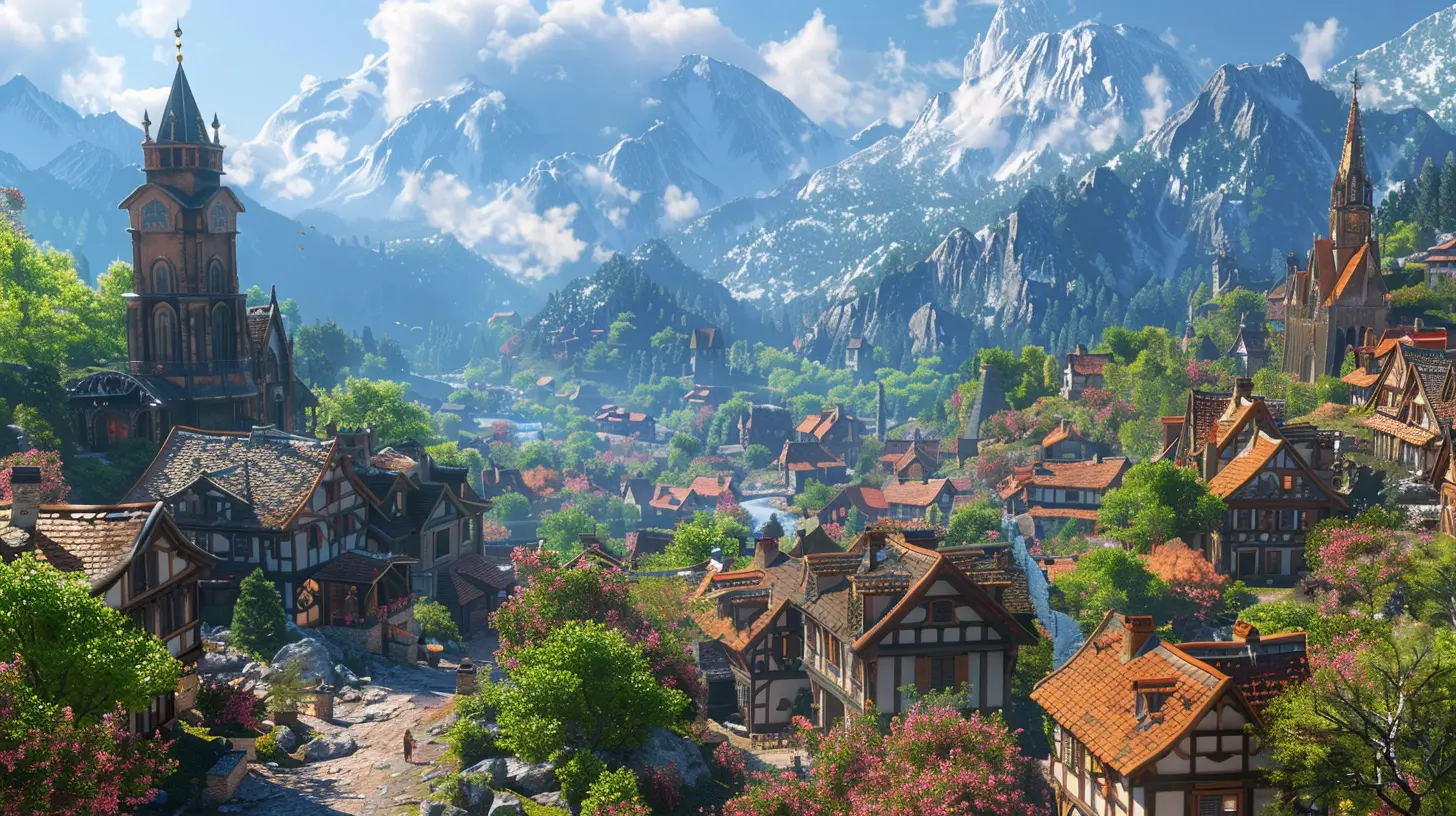
Atmosphere: The Secret Sauce
You know that feeling when you enter a JRPG town, and it just clicks? You remember the music, the quirky architecture, or even the random NPC who’s obsessed with carrots. That’s atmosphere, and it’s what separates a forgettable town from an iconic one.Music That Hits You Right in the Feels
Let’s talk about music. JRPGs are legendary for their soundtracks, and towns often have some of the most memorable tracks. Whether it’s the chill vibes of Balamb Garden from Final Fantasy VIII or the melancholic melodies of Shevat in Xenogears, the music tells you exactly what kind of town you’ve stepped into.Music defines the emotional tone. If it’s a bustling trade hub, you’ll hear upbeat, jaunty tunes. A somber village grieving over a recent tragedy? Cue the slow, mournful violins. It’s like the town speaks to you through its melody, setting the mood before you even interact with an NPC.
Visual Design That Pops
The architecture and layout of a town tell as much of a story as the plot itself. Is it a humble farming village with wooden shacks and livestock wandering around? Or maybe it’s a sprawling steampunk metropolis with giant gears spinning in the background?Details matter. Developers often cram towns full of visual cues that immerse you in the world. A run-down inn with flickering lights might hint at economic struggles, while a pristine castle district screams old-school aristocracy. Great towns don’t just exist; they belong. You feel like they’ve been lived in for decades, if not centuries. 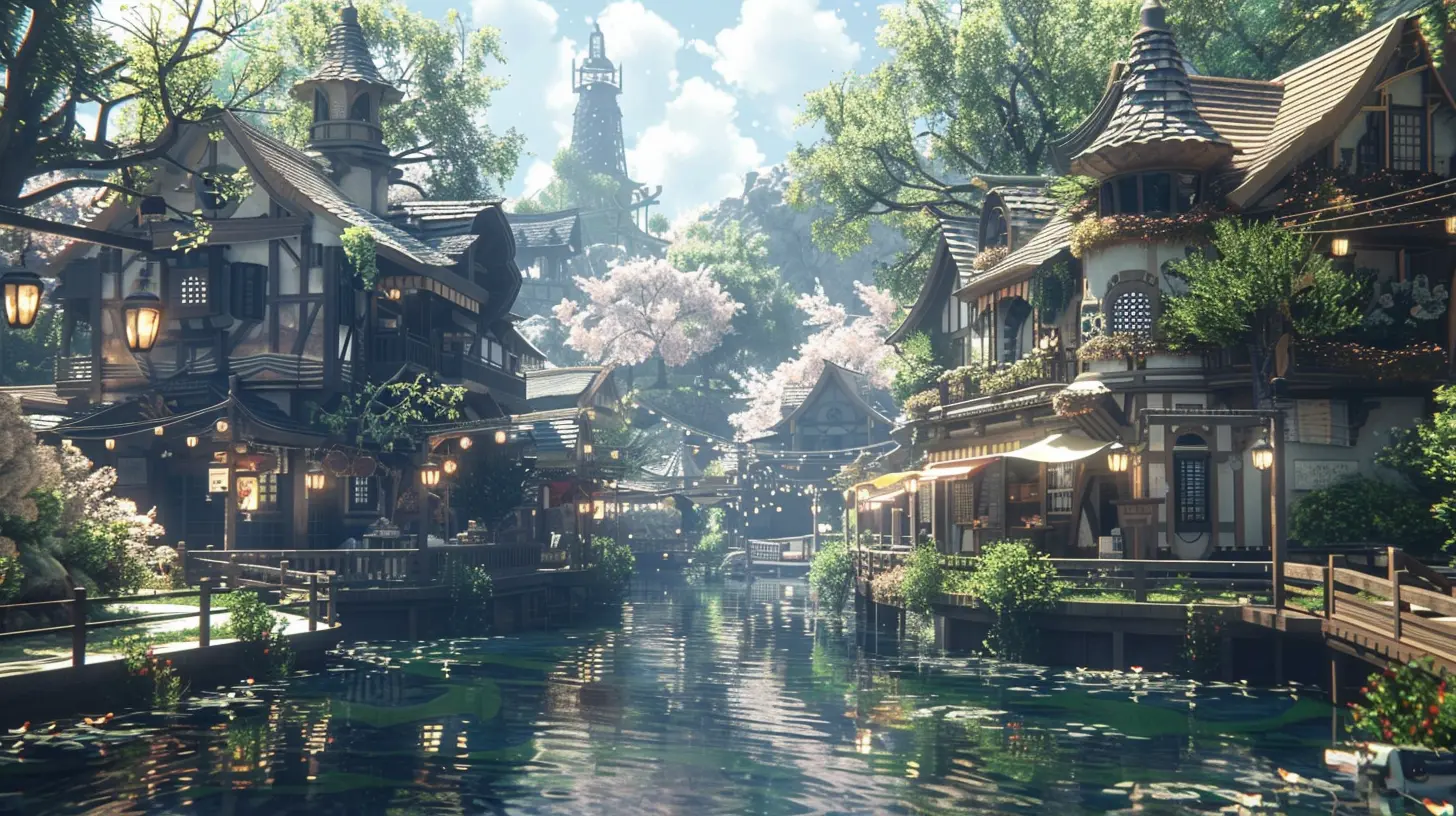
Towns as Storytelling Hubs
Let’s face it—half the fun of JRPGs is the story. And towns? They’re storytelling gold mines. Unlike dungeons or overworld maps, which are more about gameplay mechanics than narrative, towns are where the plot really digs its roots into the world.NPCs: The Unsung Heroes
Ever stopped to chat with an NPC that has absolutely nothing to do with the main story? Of course, you have. (Don’t lie.) JRPG towns are teeming with colorful characters, and even the random guy spouting nonsense about his missing chickens can inject personality into the game.Sometimes, these seemingly inconsequential chats turn out to be world-building gems. Maybe you overhear two townsfolk gossiping about the kingdom’s shady politics. Or perhaps an old man in the corner of the bar hints at forbidden ruins hidden in the mountains. These little moments make the world feel dynamic and alive.
And let’s not forget the recurring NPCs! Think of Tingle from The Legend of Zelda series or the Item Shop guy in Resident Evil 4’s spiritual counterparts. Every time you meet them, it’s like bumping into an old friend.
Side Quests Galore
Towns are prime spots for side quests—the ones that get you emotionally invested. You know the drill. Someone’s kid is missing, and you’re suddenly playing part-time babysitter. Or a shopkeeper asks you to fetch some rare herbs to save the only inn in town.The best side quests aren’t just fetch-and-return mini-games. They’re opportunities for character growth, world-building, and maybe even a tear or two. A great JRPG town makes its side quests feel like an essential part of the adventure, not just a checklist item. 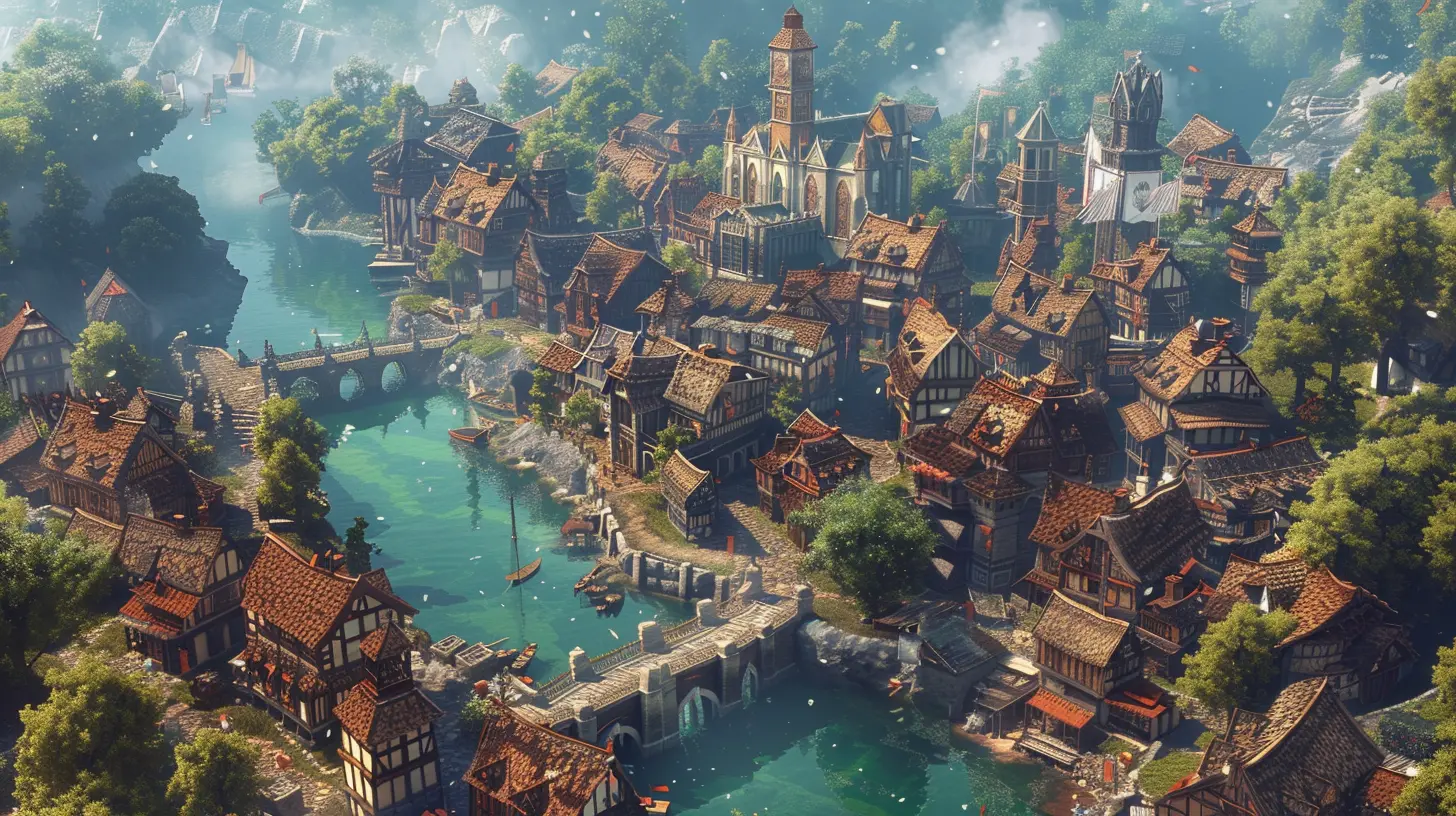
The Emotional Weight of Return Visits
A lot of JRPGs have you revisiting towns as the story unfolds. And let me tell you—there’s nothing quite like returning to a familiar place after a long, arduous journey.Change Is Inevitable
Some games go all out with dynamic changes to towns. Maybe your hometown gets destroyed halfway through the game (Final Fantasy VII, anyone?). Or maybe a bustling city becomes eerily desolate after a plague sweeps through.These changes hit different because you’re already emotionally invested in the town. It’s like watching a friend go through hard times—you feel that gut punch.
Nostalgia Bombs
On the flip side, returning to a town that hasn’t changed one bit can be equally powerful. It’s like visiting your childhood home. Everything feels smaller, quieter, but it’s comforting in a way. You realize how much you’ve grown since you first arrived here, wide-eyed and inexperienced, ready to take on the world.What Makes a Town “Perfect”?
So, what’s the magic formula for a perfect JRPG town? It’s not just one thing—it’s the combination of world-class design, emotional storytelling, and a strong sense of identity.Personality Is Key
A great JRPG town has personality. Whether it’s a quirky fishing village with a talking cat mayor or a grim fortress town that’s seen one too many battles, the place needs to feel unique. You should be able to describe it to someone without saying, “Uh… it’s just another generic village.”Functionality Meets Immersion
Let’s not forget practicality. A perfect town balances immersion with functionality. It should be easy to navigate, with clear landmarks and accessible shops. But it also needs flavor—like hidden alleys, secret loot, or a random bard serenading passersby.Why They Stay With Us
JRPG towns stick with us because they’re more than just pixels and polygons. They’re emotional anchors in a chaotic adventure full of danger and drama. They give us a sense of place, of belonging. They ground us in the world, making it feel real and alive.So, the next time you wander into a perfectly crafted JRPG town, take a moment to appreciate it. Listen to the music. Talk to the NPCs. Soak in the atmosphere. Because, odds are, that little haven will stick with you far longer than the boss fight waiting just beyond it.
all images in this post were generated using AI tools
Category:
JrpgsAuthor:

Kaitlyn Pace
Discussion
rate this article
3 comments
Karson Hensley
JRPG towns are cozy hubs of adventure—embrace their quirky charm!
June 19, 2025 at 4:00 PM

Kaitlyn Pace
Absolutely! JRPG towns offer a unique blend of nostalgia and charm, serving as vital hubs that enhance the adventure and deepen the player's connection to the world. Embracing their quirks enriches the overall experience.
Marie Reyes
This article insightfully highlights how JRPG towns transcend mere safe havens. They serve as microcosms of culture, lore, and player connection, enriching the narrative experience. By delving into their role in character development and gameplay mechanics, we appreciate their complexity and significance.
June 6, 2025 at 2:57 AM

Kaitlyn Pace
Thank you for your thoughtful comment! I’m glad you found the exploration of JRPG towns' cultural and narrative significance enriching. They truly add depth to the gaming experience!
Vanta Harmon
Crafting JRPG towns goes beyond mere safe havens; they are immersive worlds that enrich storytelling and gameplay. By incorporating unique cultures, engaging NPCs, and meaningful quests, developers can create vibrant hubs that deepen player connections, fostering emotional investment and enhancing the overall gaming experience. Every detail matters!
June 5, 2025 at 2:41 AM

Kaitlyn Pace
I completely agree! Crafting immersive towns is essential for enriching storytelling and gameplay, making them integral to the player's emotional journey. Every detail truly does enhance the overall experience.
